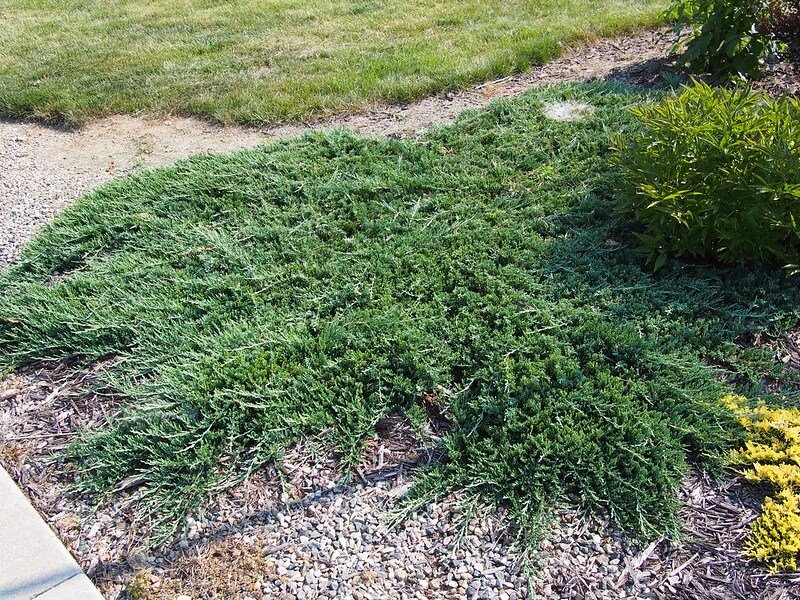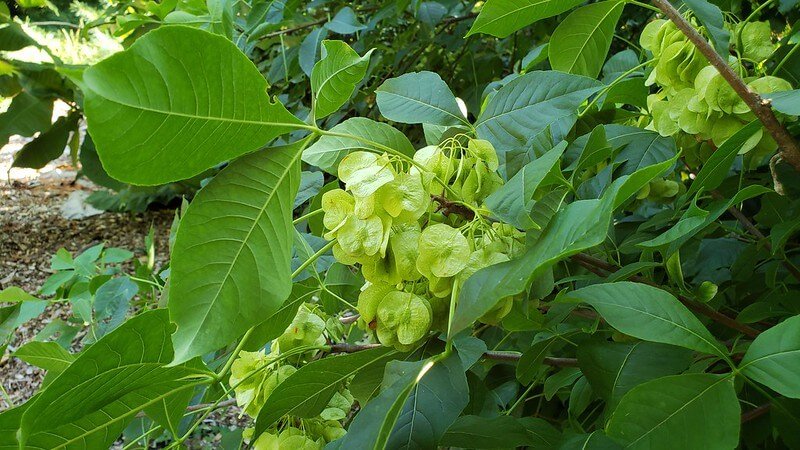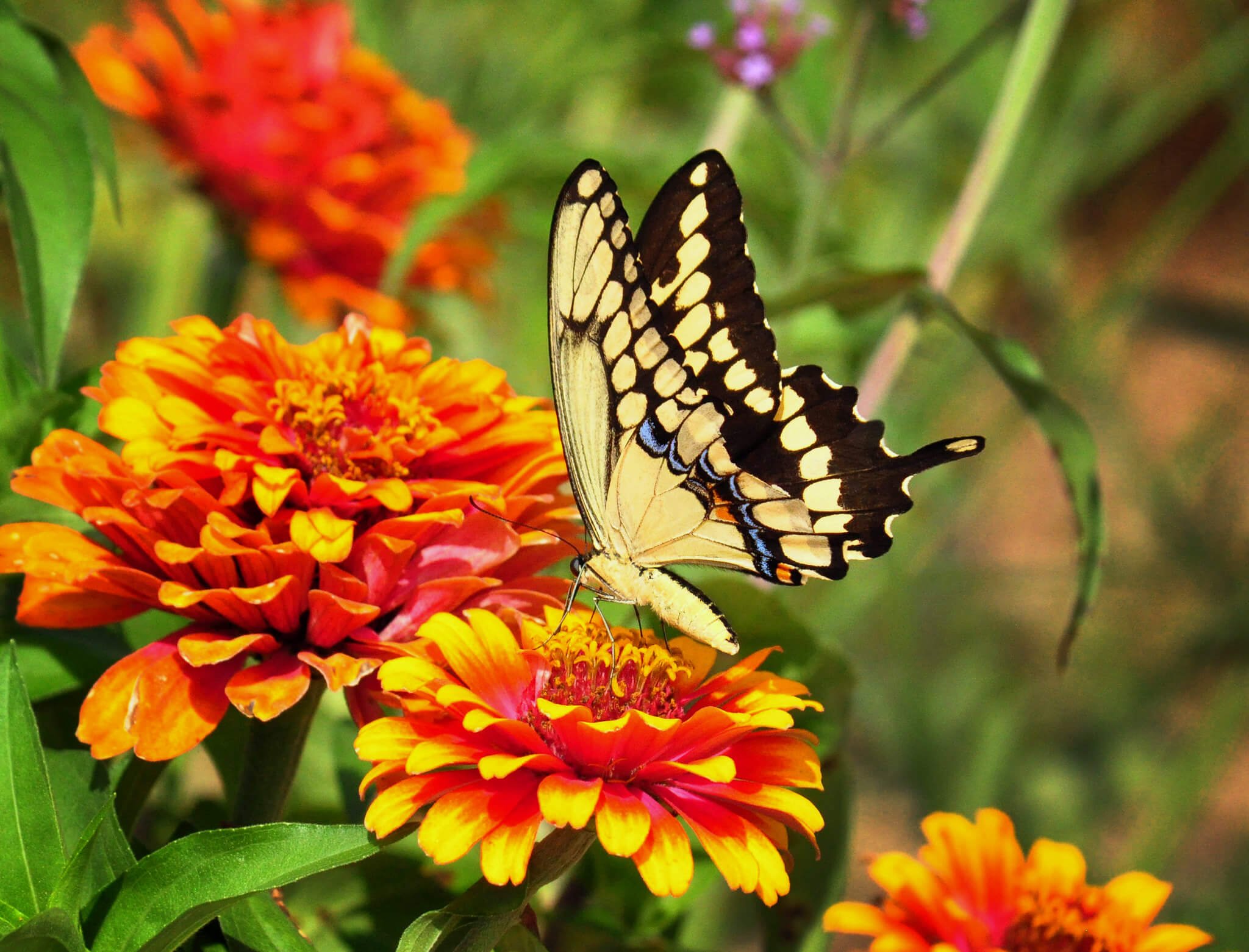Creeping Juniper (Juniperus horizontalis)
Creeping Juniper is a host plant to 34 species of butterflies and moths in our area (nwf.org) The berry-like cones and their seeds are eaten by some birds, including Wild Turkey, White-winged Crossbill, Northern Flicker, Cedar Waxwing, American Robin, and Starling. Prairie Voles cache the berry-like cones and galls of Creeping Juniper in their dens for later eating (illinoiswildflower.org). This plant is often used as a ground cover.
Photo credit: F.D. Richards
Creeping Juniper is a host plant to 34 species of butterflies and moths in our area (nwf.org) The berry-like cones and their seeds are eaten by some birds, including Wild Turkey, White-winged Crossbill, Northern Flicker, Cedar Waxwing, American Robin, and Starling. Prairie Voles cache the berry-like cones and galls of Creeping Juniper in their dens for later eating (illinoiswildflower.org). This plant is often used as a ground cover.
Photo credit: F.D. Richards
Creeping Juniper is a host plant to 34 species of butterflies and moths in our area (nwf.org) The berry-like cones and their seeds are eaten by some birds, including Wild Turkey, White-winged Crossbill, Northern Flicker, Cedar Waxwing, American Robin, and Starling. Prairie Voles cache the berry-like cones and galls of Creeping Juniper in their dens for later eating (illinoiswildflower.org). This plant is often used as a ground cover.
Photo credit: F.D. Richards
Life Cycle: Perennial
Sun Exposure: Full
Soil Moisture: Medium, Medium-Dry, Dry
Height: Up to 1.5 feet
Plant Spacing: 5-8 feet
Advantages: Caterpillar Favorite, Bird Favorite
Host Plant: 34 species of butterflies and moths in our area (nwf.org)









